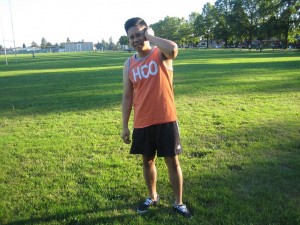There are various types of lice that feed on human blood such as head lice, pubic lice and body lice. These are parasites that must be avoided and no one wants to be infested. It is important that you are familiar with these parasites particularly the head lice and body lice.
The head and pubic lice utilize the skin and hair as their nesting areas while body lice typically thrives in fabrics. Take note that lice do not fly or jump, but simply crawl. In addition, human lice will not live on other animals. Lice bites can irritate the skin and cause itchiness though.
Life cycle of lice
It is important to note that lice have three life cycles – nit (egg), nymph (baby lice) and adult. The nits will take about a week to hatch while the nymphs will grow up to a week before they are ready to lay down eggs. As for the adults, they can live up to 30 days if they have easy access to human blood. The adult head and pubic lice will die after 48-72 hours with no blood but body lice can live up to a week.

Do I have lice?
The adult lice are similar in size to a small sesame seed. The body and head lice have a segmented body with six legs. As for the pubic lice, they also have six legs but have a shape similar to tiny sea crabs.
The nits are small-sized, light-colored deposits that are attached to the hair for the pubic and head lice while the body lice are found in fabric. The nits are attached firmly and cannot be moved with a finger or comb. In case the lice bite site was scratched, it might become infected. By enrolling in a first aid class, you can readily manage an infected bite site.
Head lice
Head lice can thrive in the eyebrows or even on the nape of the neck. They can be acquired from close contact with an infected individual. Head lice can also be acquired by being exposed to an object that was in contact with the head of an infected individual. In addition, this type of lice can quickly spread among school-age children.
Once you discover a cluster of itchy spots on the head, it might indicate head lice. The head lice can bite on any part of the head, but they prefer the back part of the head and the area behind the ears. Take note that the bites can appear as small, red-colored or pinkish bumps. In most cases, there is a small dot in the middle of every bump. Once scratched, the bites can develop infection and scab over.
Body lice
The body lice feed on any part of the body other than the genitals or head, but they live and lay eggs in bedding and clothes. Body lice are typically present in houses where bedding has been used for a long time and can spread by contact with infested fabrics.
If an individual suspects that he/she has been exposed to body lice, it is important to check for clusters of small-sized dots that start out red and then grow with an exterior pinkish ring. Long-term infestation of body lice can turn the surrounding skin blue or purple in color.
